Cycling base training is fundamental to any cyclist’s training plan. The cyclists base training improves your cardiovascular systems and helps you become a more efficient rider. This article covers many of the important items of cycle base training.
When I have cyclists come up and ask me why they aren’t riding really well, the first question I ask them is how long have they been riding? It’s not uncommon to have them respond with a time frame under a year and a half. On hearing this I quickly explain to them that cycling is an endurance sport just like marathon running.
That to be riding at an elite level they are looking at building a base over three years. It sometimes takes this long for a cyclist to develop the strength and aerobic capacity required to ride well. Regardless of whether you are competing in recreation rides or cycle racing, base training is a very important part of your training.
There are ways to fast track these three years. If the cyclist comes into cycling from other endurance sport like for instance long-distance running or rowing they can reduce this down to perhaps one or two years if they undertake proper training. Or, alternatively, if the cyclists is to focus purely on short distance events like short distance triathlons, sprinting or criterium events. Sometimes these three years “of preparation” for a roadie seems a little daunting at first, but by chunking them down into achievable goals along the way, focus can be maintained with daily, monthly and yearly goals.
But more on this later as I’ll be discussing this in a separate article. I’m here to talk about the aerobic base and how important it is for you as a cyclist.
Importance of Base Training for Cyclists
Building an aerobic base is perhaps the single most important phase of the year since it is the foundation upon which your season is built. Many riders never reach their full potential at bike racing because they neglect this critical phase of training. Base training is about preparing your body for the demanding efforts you will be making during racing. It is a foundation of steady miles and resistance training in the gym that allows you to safely make harder efforts later in the year.
Interestingly, this phase is characterised by many hours of steady riding punctuated only occasionally with short intervals of harder efforts. It’s the “many hours of steady riding” that build aerobic power that characterise this phase. Harder efforts (at least in quantity) will come later in the year.
How to do Base Training
Building an endurance base of steady mileage on the road accomplishes many physiological changes in your body. You’ll be doing this type of riding typically at between 50-74% of Max heart rate and should be able to maintain a conversation with a training partner without pausing for deep or extended breaths.
We will cover heart rate zones in other articles.
It is best to also focus on your cadence, working on between 95-105 rpm for as much of the training ride as possible. This develops good pedalling style. The lower intensity that you ride at while doing base training, allows you to train for long hours on the bike. Training a lot will give you the strong foundation you need to go fast later in the year. Never underestimate the effect of steady aerobic training.
You can train for many hours without seeing a significant effect but if you’re consistent, you’ll notice that after a while base training becomes almost effortless. After a few months of riding, you’ll be able to maintain an average speed and heart rate that was simply unthinkable earlier in the year.
It’s why you rarely see elite riders riding fast in the winter months! It’s important that I mention that base training is an integrated component of periodised training. Periodised training is important to ensure that you reach your optimal racing potential at key races. We’ll cover periodised training in-depth in a future article. But for now, it’s important to remember that you can’t race at your optimum all year round.
This leads to making a decision as to whether you’ll be seriously racing criteriums in the summer and take it easy during the winter or riding base in summer and racing the winter road season. I’ve seen many a rider perform stunningly well in criterium races over the summer while avoiding their base training, only to have them falter 1.5 hours into a 3 hour road race during the winter season. It’s certainly too late to do anything about it until the following season. This is a direct result of them not riding enough base. As I’m a roadie I prefer to focus on building my base during the summer when the daylight is long and the weather good.
Once I have established a great base I can then focus my attention on other specific facets of training during the winter that can be performed indoors if the weather is not great. The other good thing about building a solid base is that you don’t have to spend as much time training after you have completed your base.
Benefits of Base Training
Riding at this pace stimulates your slow twitch (type 1) muscle fibres and in turn, makes them much more efficient enabling them to contract using less and less oxygen from the blood. Base training also grows and strengthens the heart, building the muscle and making you more efficient with every pedal stroke.
Base training also teaches your body to conserve its glycogen stores within the muscles and vital organs. Base training causes your body to burn its larger stores of fat in preference to muscle glycogen. This can help you lose a considerable amount of weight that you may have gained during those months spent without training. By training consistently in this zone and cadence over several months, it is likely that you will be able to extend your time to glycogen depletion by as much as 75%.
This of course means you are much less likely to “bonk” during high intensity rides and races assuming you have eaten properly during your ride. Base training also increases the efficiency of your respiratory system by increasing the number and complexity of vascular capillaries transporting oxygen rich blood to the working muscles. Blood vessels become larger and more flexible making it easier for the blood to flow. It also actually increases the number of energy producing mitochondria cells in the muscles allowing you to produce more power for the same level of work rate. All of this helps build your efficiency on the bike so that come the racing season you are able to ride for long distances with comparative ease. There is one more fantastic benefit to training at this level during the base phase.
Training only moderately at heart rates below 74% MHR means you are not overextending yourself. In fact, base training done correctly will leave you feeling like you’ve made an effort that is well within your limits- that’s the whole point! The huge benefit to you is that you can get up the next morning feeling great and fully recovered from the previous days training. In short, you will be able to complete a large volume of high-quality training.
How Much Base Training
Well, this will depend on how many seasons racing you already have in your legs but it’s generally a good idea to do at least two months of steady miles with resistance training in the gym before progressing to the specialisation phase. It’s really important to not get sucked into the “bodybuilding mentality” when you visit the gym. Bodybuilding exercises are for bodybuilders to build bulk. Functional strength core exercises that are available here are for sportspeople wanting to build functional speed and strength. What does this mean? Simply, stay away from any gym machine.
Focus purely on free weights using them in a dynamic whole-body exercise that challenges your whole body neurologically. The reason for this is simple: cycling involves large groups of muscles working together to produce stability and lots of power. Muscle isolating exercise (leg press, leg extension etc) build bulk and disconnect groups of muscles from each other robbing you of power. Matt Brindle’s free strength training program is an excellent source of functional exercise that you can introduce into your base building program with fantastic results.
Also, when riding base training you can throw in a very limited amount of high intensity efforts (above 90% of HMR) to keep you fresh. These efforts should be very brief (1-2 mins), done at a higher cadence 100-140rpm and very limited (only a few a week). The reason for limiting these high intensity efforts is that they undo some of the effects of base training by destroying the high number of intricate and complex vascular capillaries that you are working so hard to build up in your base training.
Another technique you can focus on is spin-ups where you rev out your cadence to your maximum for a minute at a time. Some sprinters can top out at around 200 rpm but for a roadie, if you can spin up to 160 rpm for one minute you are doing very well. Again, limit the time and frequency. Spin-ups are great for building leg speed and pedalling technique and are less damaging to your vascular capillaries network than the high intensity efforts. Both exercises will help keep your legs “fresh” as pure base riding will blunt your speed as you build your aerobic capacity. Remember though that you are to focus primarily on building your base. A base training plan includes at least one day each week for an extra extended long endurance ride where you ride for several hours. This continues to build on the endurance development that you are doing through the week. Very often, these long rides are done in a group setting.
Group rides are fun, and learning to ride in a bunch is an essential skill for every cyclist interested in safety and competition. We encourage you to get in at least one group ride per week. Most of these rides are scheduled at the weekend. However, please keep these important tips in mind in order to maximize your training:
- Train smart and be sure to ride how you feel. If you are tired, be sure to sit in or even drop out if necessary, to avoid smoking yourself! If you are feeling strong, ride harder and enjoy taking your time at the front of the bunch as needed.
- Quite often group rides can turn into mini-races at the most inopportune times, so be careful to train smart!
- Occasionally in our training plans, you will find “optional” sets within the long rides that include extended periods of time out-of-the-saddle. I am a big believer that in order to be able to use our ability to stand and generate power as a true “tool” in our cycling toolbox, we need to practice it routinely and get used to the feeling of being out of the saddle for extended periods. When you get balanced and comfortable standing, you will have one more important “tool” available to you during your key events during the season.
- On those days when you are feeling strong and it is appropriate, a group ride can be an excellent opportunity to not only develop your basic endurance, but also your bike handling skills, group riding etiquette, as well as develop your anaerobic endurance via periodic surges in speed and intensity, as well as planned and unplanned sprinting!
All of this being said, perhaps THE most important point to remember about group riding is:
- When you are in a group unless YOU are dictating the tempo of the group, you are essentially at the whim of whatever the group does. If that happens to coincide with what you need or want, then great! If not, you could be making a training error by attempting to hang onto the group.
- It is always YOUR CHOICE to either stay and hang on, or drop off the back.
Be tough, yes, but also be smart! We get better as cyclists through a combination of focused specific workouts that address certain aspects of our fitness in a progressive and periodised fashion, in combination with endurance rides that enhance our aerobic fitness AND allow us to recover! Bottom line: use group rides when they can truly HELP YOU as a cyclist, and avoid them at every other time.
Adjust Your Base Training to the Type of Cyclist You Are
As an endurance rider I look forward to spending hours riding through the countryside at a leisurely pace during the summer months. It helps me unwind and relax. I would much prefer to do this than a half hour interval session on an indoor trainer. If however, I was a sprinter or a criterium rider I’d probably much prefer doing half an hour intense interval sessions than the long km’s. The thought of riding hours on hours at a slow pace just wouldn’t do it for me if I was a sprinter or a criterium rider. Because I personally focus on road races that are longer than 70km’s with lots of hills; my off-season summer base training is a very important part of my program.
Base training is still very important for a sprinter or a criterium rider but is usually performed over shorter durations, distances and with a different focus on techniques than that of a roadie. The training for these riders involves riding at higher cadences with more of a focus on spin-ups. Also, it’s important to take into consideration where you are in your cycling career.
Whether a “newbie” or a seasoned rider, your base training volume and intensity will differ according to your fitness and at what level you intend to race at.
Summary
I hope that you have a better understanding of the importance of base training. The keynotes are:
- Building an aerobic base is perhaps the single most important phase of the year since it is the foundation upon which your season is built.
- Many riders never reach their full potential at bike racing because they neglect this critical phase of training.
- Base training is about preparing your body for the demanding efforts you will be making during racing and is the fundamental base for all other high intensity training you’ll be doing later on in your training plan.
- Stick to your plan and stay between 50-74% of Max heart rate at 95-105 rpm for as much of the ride as possible even if it involves the sacrifice of your bunch riding.
- Include functional strength training in your base training to ensure that you are challenging your whole bodies neurological system.
- To break the training up you can incorporate a very limited amount of high intensity efforts (above 90% of HMR) and spin-ups to keep you fresh.
- Remember to adjust your base training to the type of cyclist you are.
Finally, we can help you set out a training plan that can incorporate where you are at in your cycling career with specific attention to the style of riding and racing you intend to do.

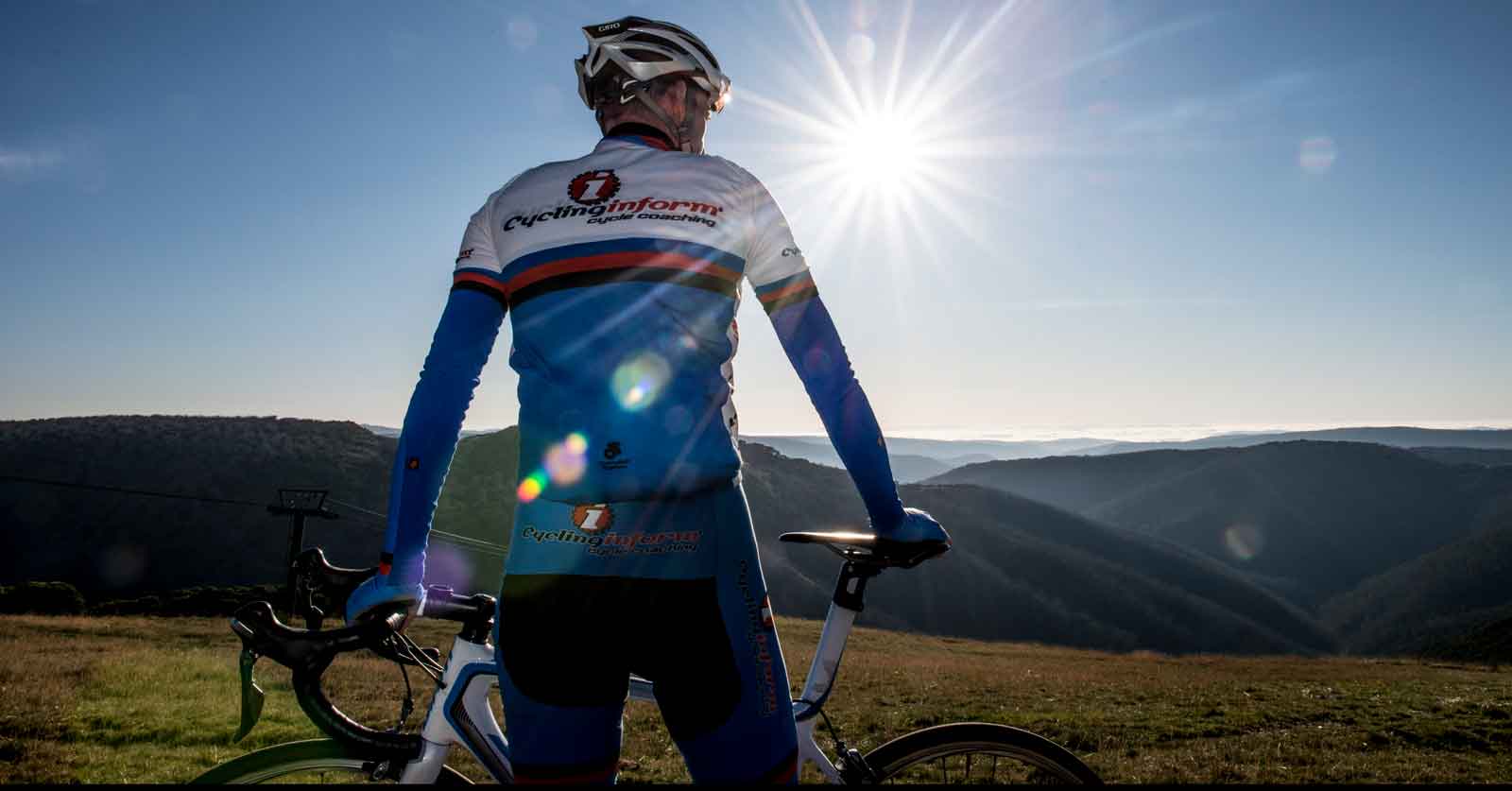
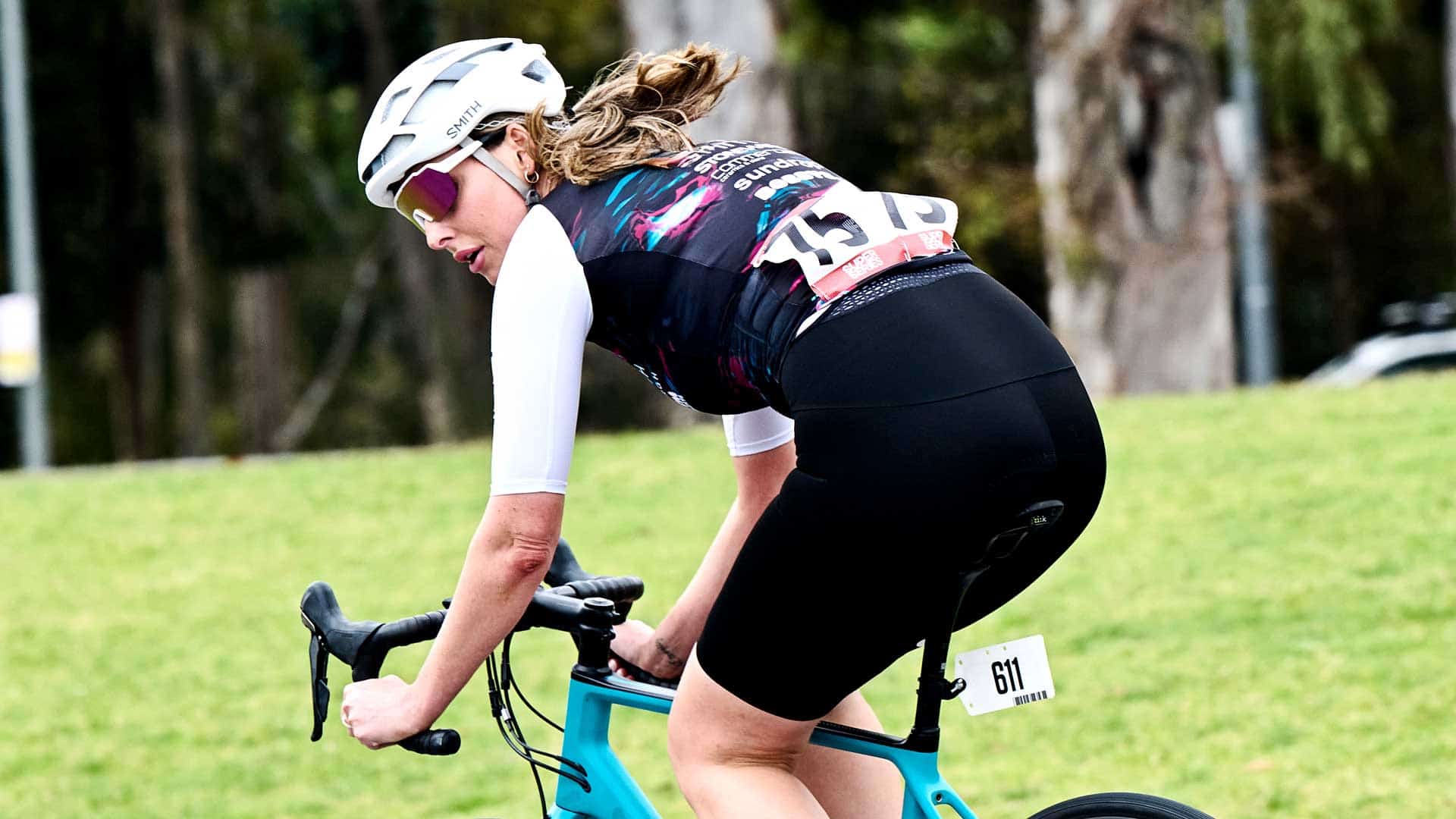
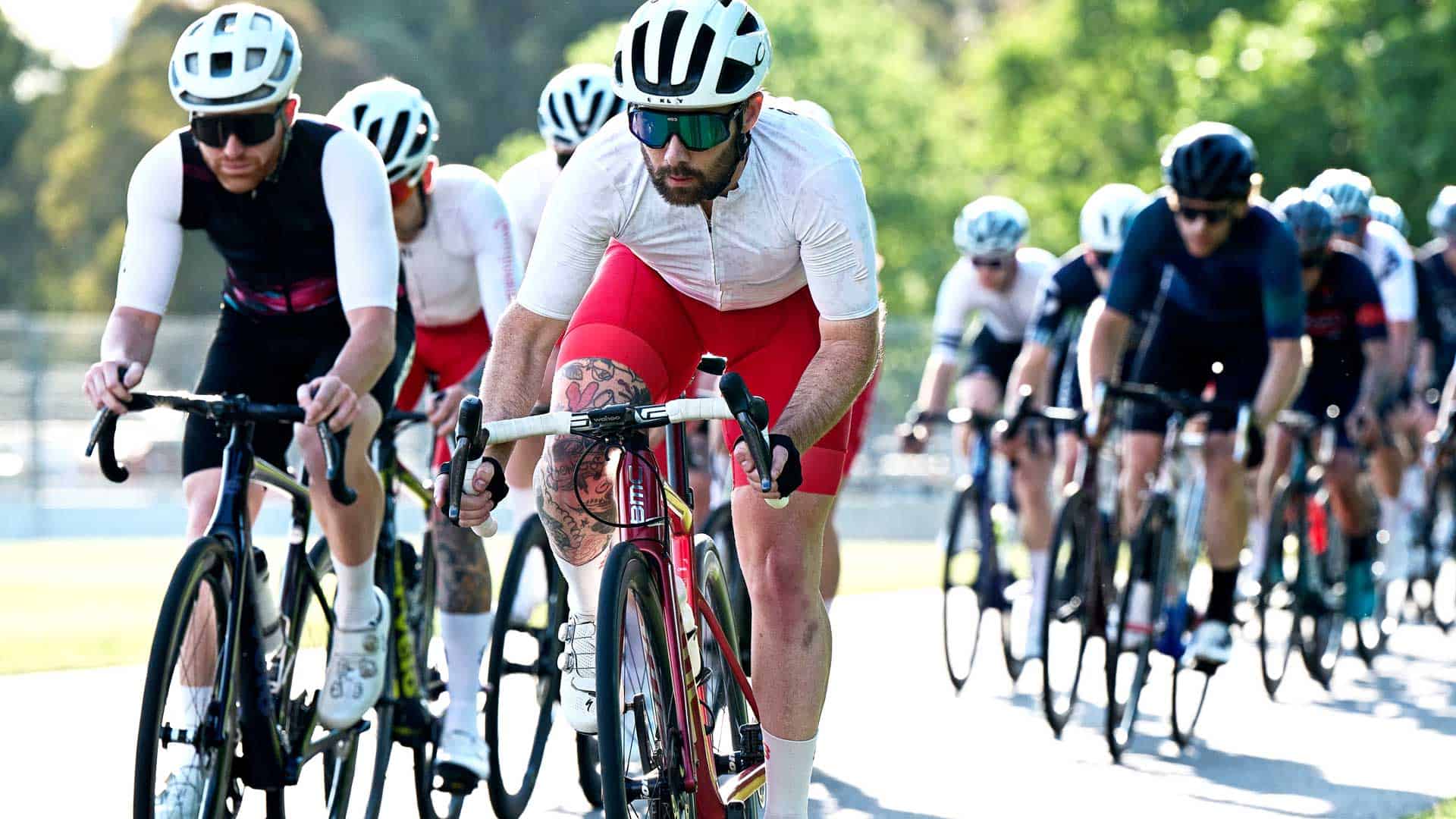
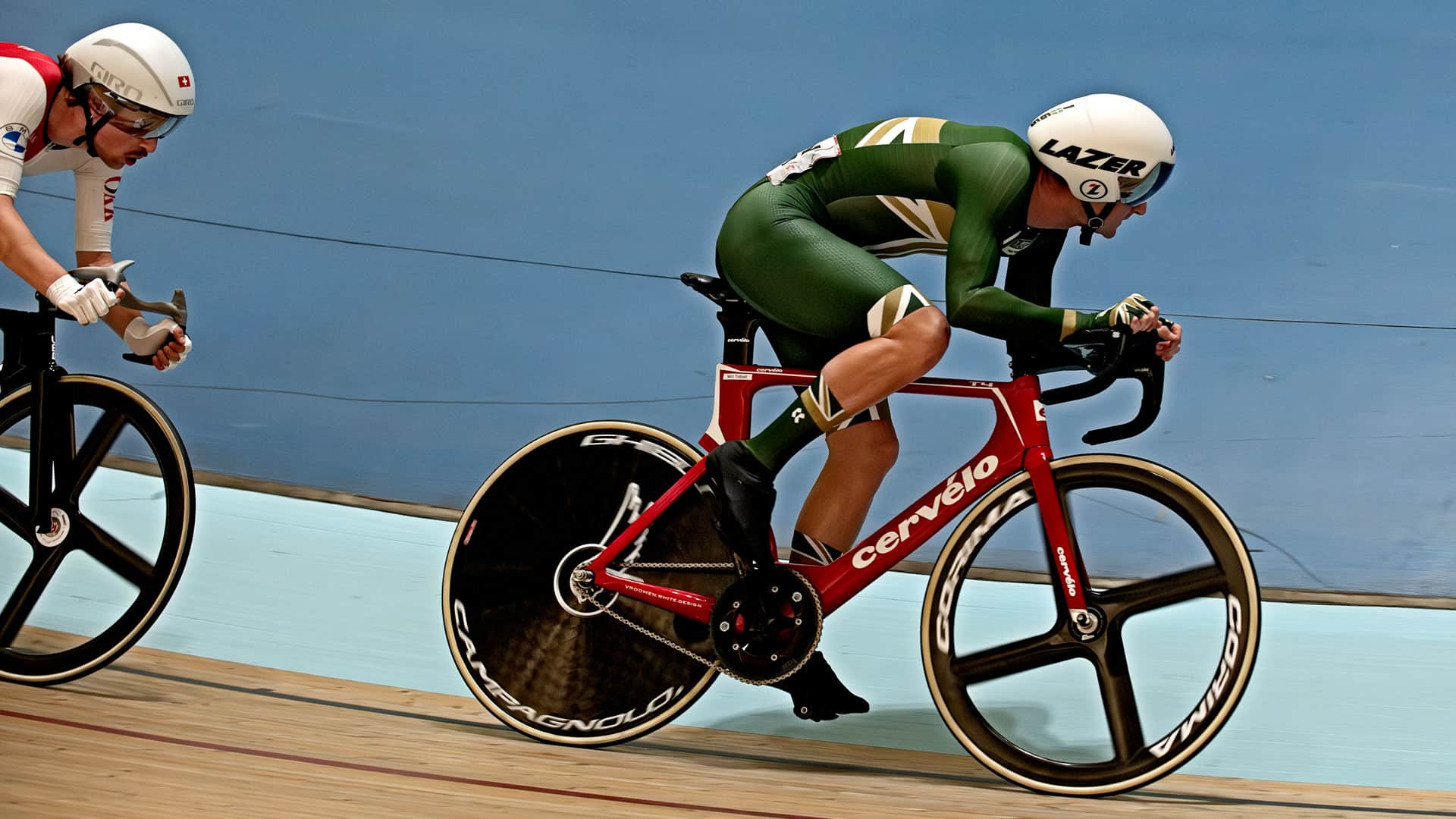
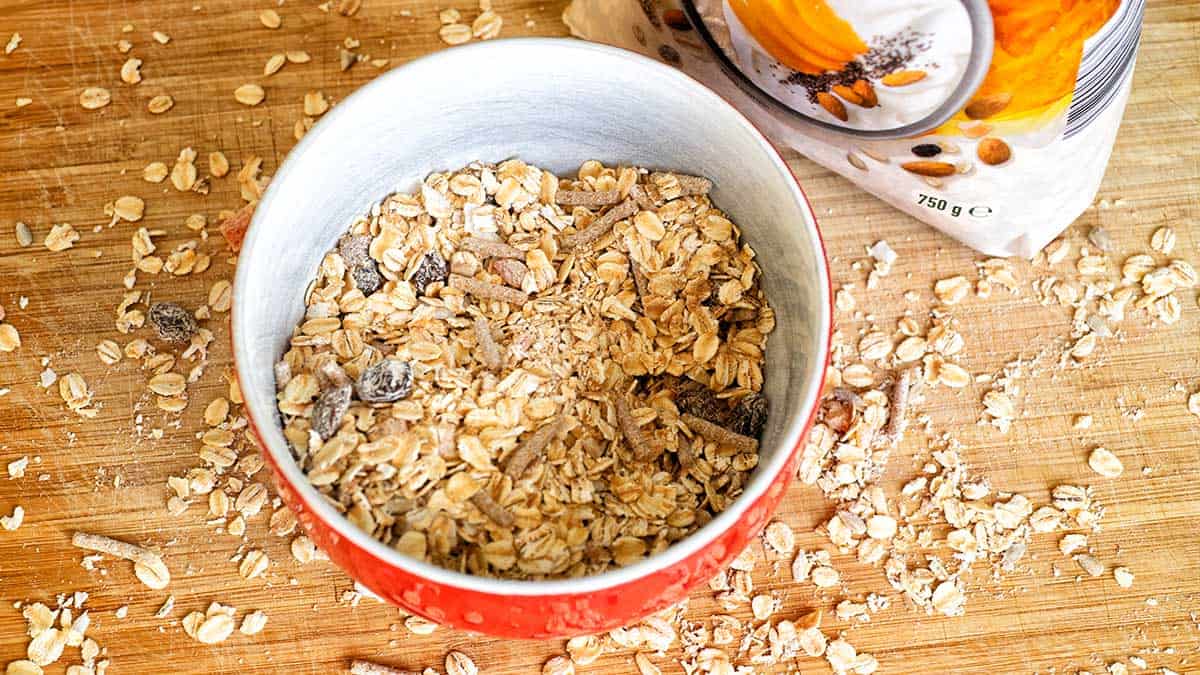
Leave A Comment